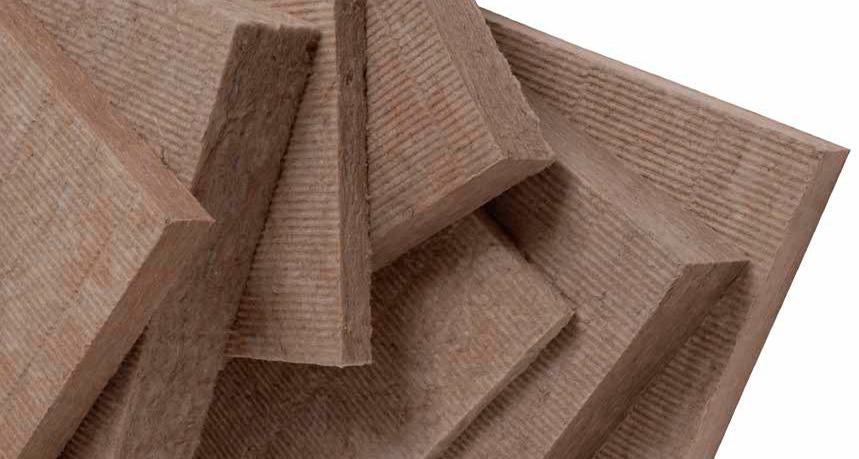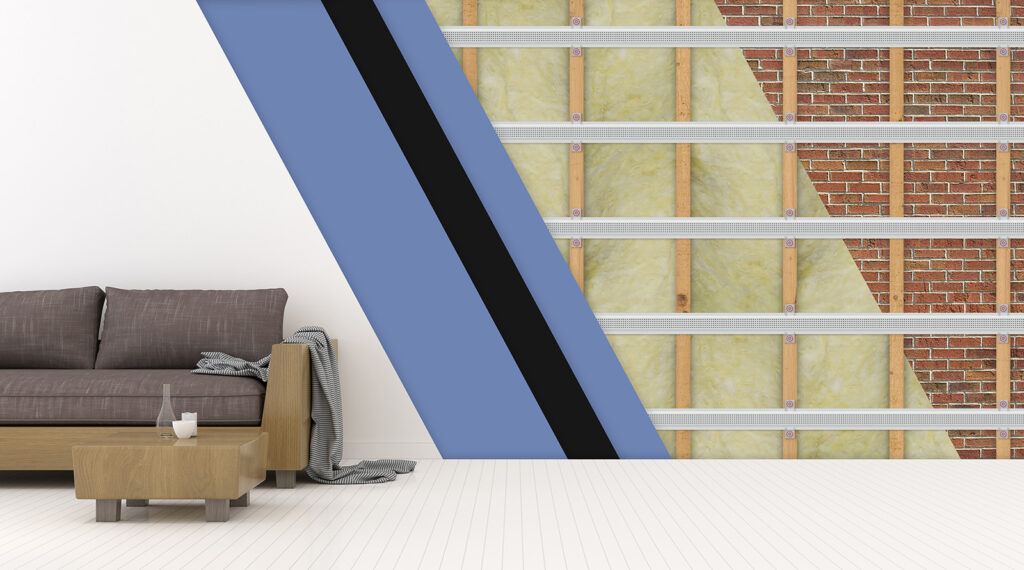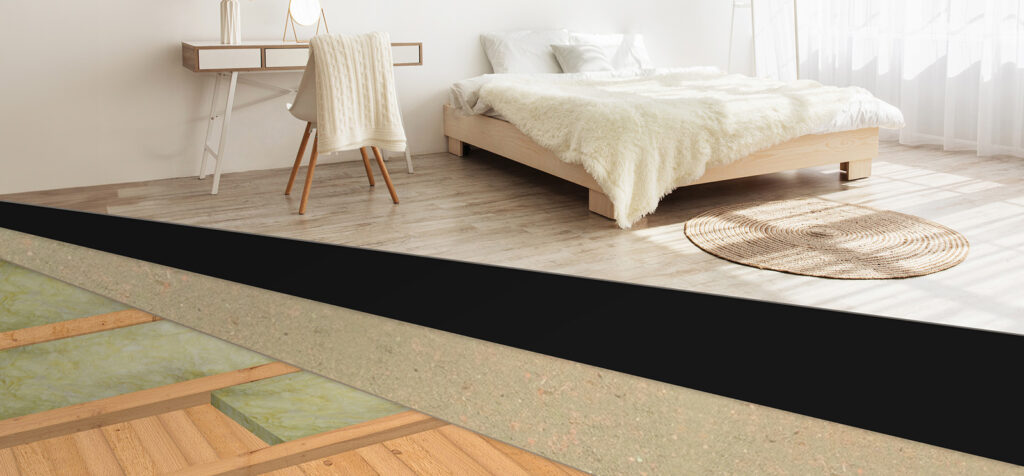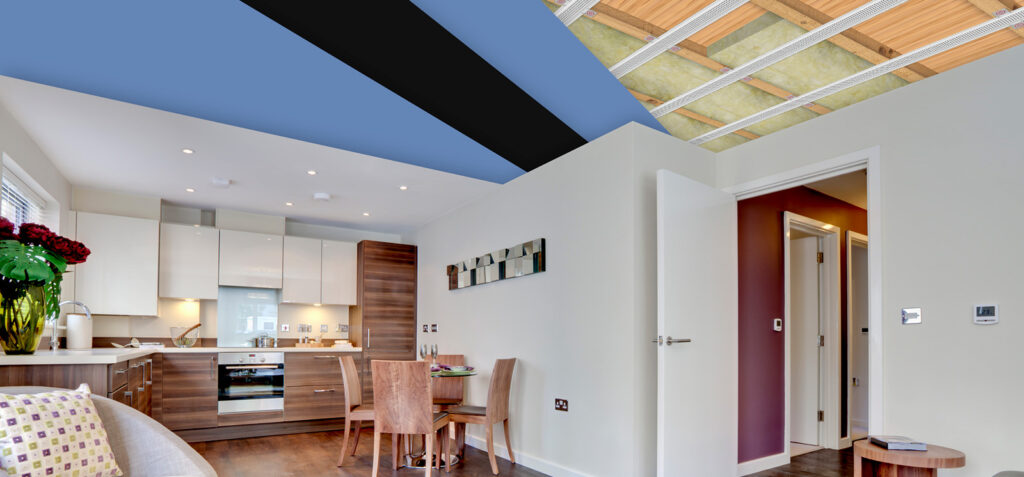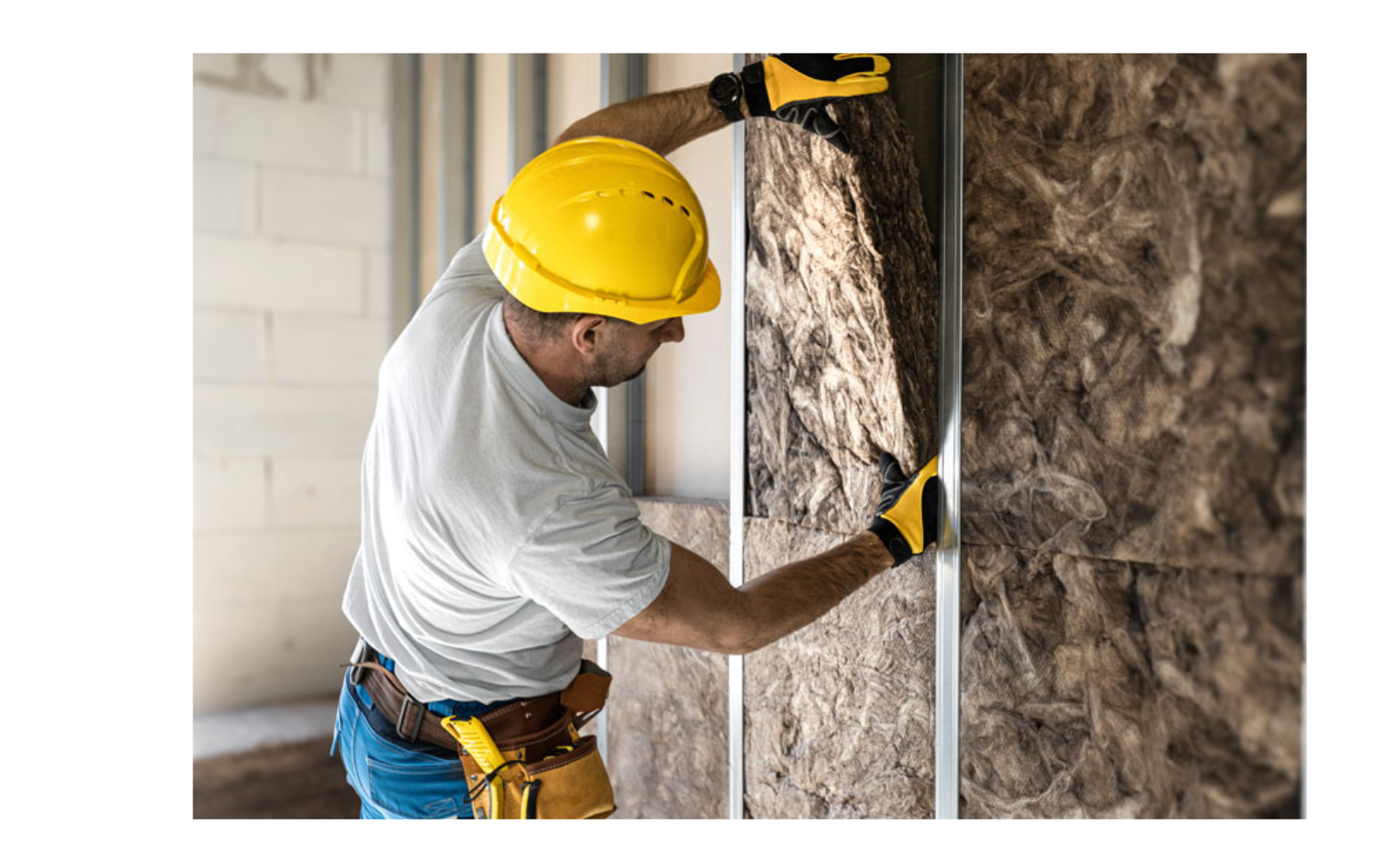
UKs Leading Soundproofing Supplier
Acoustic Insulation Products
The best soundproofing acoustic insulation to soundproof walls floors and ceilings using these noise reduction sound insulation slabs.
View All ProductsAcoustic Insulation
Acoustic insulation is an essential soundproofing product that reduces noise transmission between rooms. Soundproof walls, floors, and ceilings with our DFM acoustic insulation slabs.
Using acoustic insulation inside stud walls is one of the most effective solutions for stopping airborne sounds. When soundproofing ceilings and floors against airborne sounds, use sound insulation slabs between the joists to reduce reverberation inside the cavity.
Acoustic insulation is the best way to soundproof walls, floors and ceilings
Incorporate acoustic insulation into your soundproof system for the best soundproofing for walls, floors, and ceilings. Our best soundproofing systems using sound insulation slabs are the AcoustiClip Party Wall Kit for soundproofing noisy neighbours and the AcoustiClip Stud Wall Kit for soundproofing stud walls. Soundproof against neighbour noise through ceilings using the AcoustiClip Timber Ceiling Kit.
How acoustic sound insulation works
Two main types of noise need to be controlled:
- Airborne Noise: This includes sounds such as voices, music, TV audio, and traffic, which travel through the air and pass through walls, floors, and ceilings.
- Impact Noise: Vibrations from footsteps, furniture movement, machinery, and dropped objects that transfer sound through structures.
Effective soundproofing solutions must address both airborne and impact noise for optimal results.
Convert sound into heat with sound insulation slabs
When sounds hit the acoustic noise reducing slabs, the sound wave’s energy is blocked, absorbed, and converted into heat. By converting the sound to heat, the level of sound transfer is reduced.
Where to use sound insulation slabs?
Sound insulation slabs are used to soundproof walls, floors, ceilings, and structures with cavities that require noise reduction.
Increase the sound insulation of a building with sound-insulating slabs in these areas to block and absorb sounds from transferring :
- Soundproofing Stud walls
- Soundproofing Party Walls
- Between timber floor and ceiling joists
- Reduce flanking sound when soundproofing party walls by insulating the cavity between the floor joists up against the partition wall
- Use noise-reducing insulation as part of a soundproof system for walls, floors and ceilings
- The sound insulation capabilities of an enclosure will be increased when using sound insulation slabs
Acoustic insulation FAQs
They are dense, mineral-based materials that reduce sound transmission through walls, floors, and ceilings. They are made from rock wool or glass wool, which have excellent sound-absorbing properties.
The insulation slabs work by absorbing sound waves and reducing the amount of airborne and impact noise that passes through a structure. They are particularly effective at dampening mid to high-frequency sounds. Their density and fibrous nature trap sound energy, converting it into small amounts of heat.
They are most commonly installed inside stud walls, cavity walls, floors, ceilings, and between floor joists. They can also be used when noise reduction is needed, such as around ducts or pipes.
The slabs reduce airborne noise, such as voices, music, and traffic. They also reduce impact noise, such as footsteps, but combining them with resilient layers or underlays is recommended for maximum impact noise reduction.
Sound insulation slabs are specifically designed to reduce sound, whereas thermal insulation slabs focus on retaining heat. While some products can offer both benefits, acoustic insulation tends to be denser and more effective at sound absorption.
Most sound insulation slabs from mineral wool (rock or glass wool) are naturally fire-resistant. This adds an extra layer of safety, especially in buildings that require fire-rated walls or partitions.
No soundproofing solution can block 100% of noise. However, they will significantly reduce noise transmission. Combining them with other soundproofing elements (such as soundproof panels, sound isolation clips and resilient channels) can reduce noise more effectively.
The effectiveness of the sound slabs depends on their thickness and density. Standard thicknesses range from 25mm up to 100mm. Filling a cavity with acoustic insulation is unnecessary; timber joist floors typically require 100mm of insulation. When insulating stud walls, do not overfill the area. For example, a 3×2 stud would only require 50mm of insulation.
Insulation slabs vary in density from 45kg/m3 to 140kg/m3. The optimum density is between 60 and 80kg/m3. When comparing sound insulation slabs on their own, the higher-density slabs offer minimal soundproofing gains.
Yes, for optimal soundproofing, it is often recommended to combine acoustic insulation slabs with other materials like soundproof plasterboard, resilient bars, decoupling isolation clips, and acoustic sealants. These work together to block, absorb, and isolate sound.
Yes, many people install sound insulation slabs themselves, especially in stud walls or floor joists. However, it’s essential to follow manufacturer guidelines to ensure proper installation.
Many insulation slabs are made from recycled materials, such as recycled glass, and are recyclable. Mineral wool products are also generally considered environmentally friendly.
Popular soundproofing categories
Got a question?
Send us a message, and we’ll respond as soon as possible. Alternatively, call 01423 339163 to speak with an adviser.

